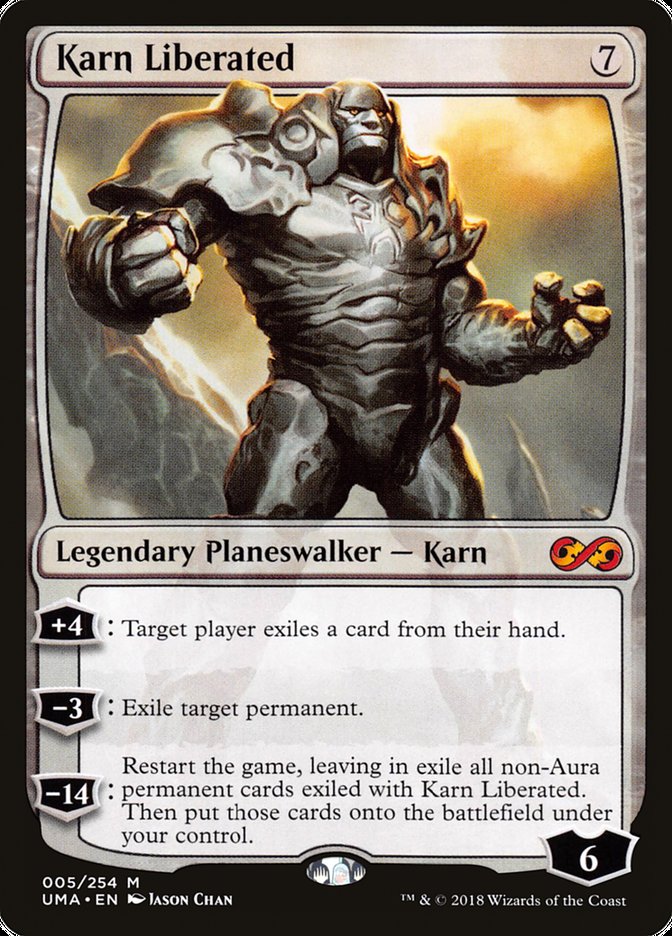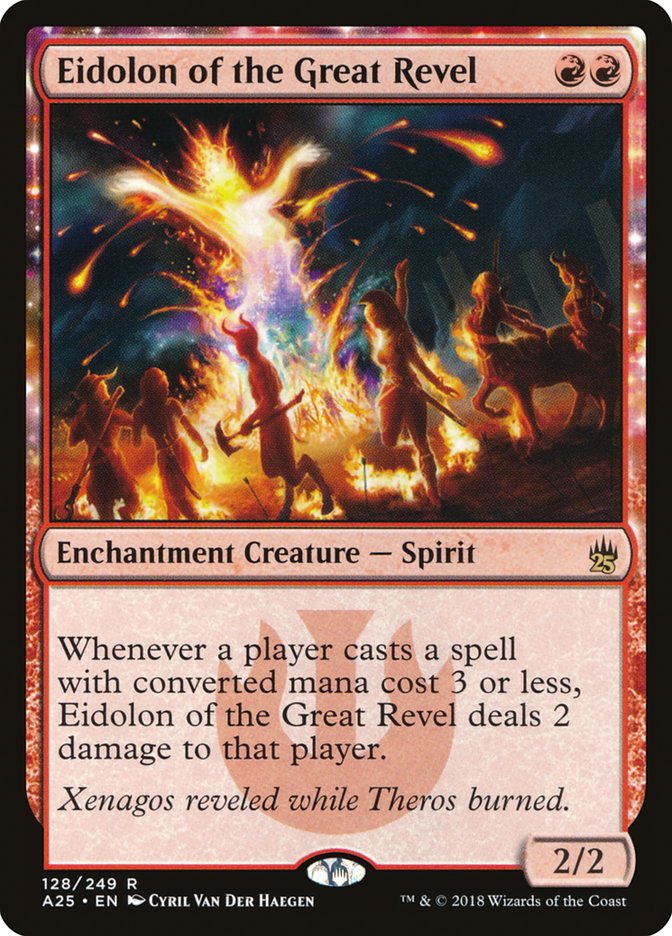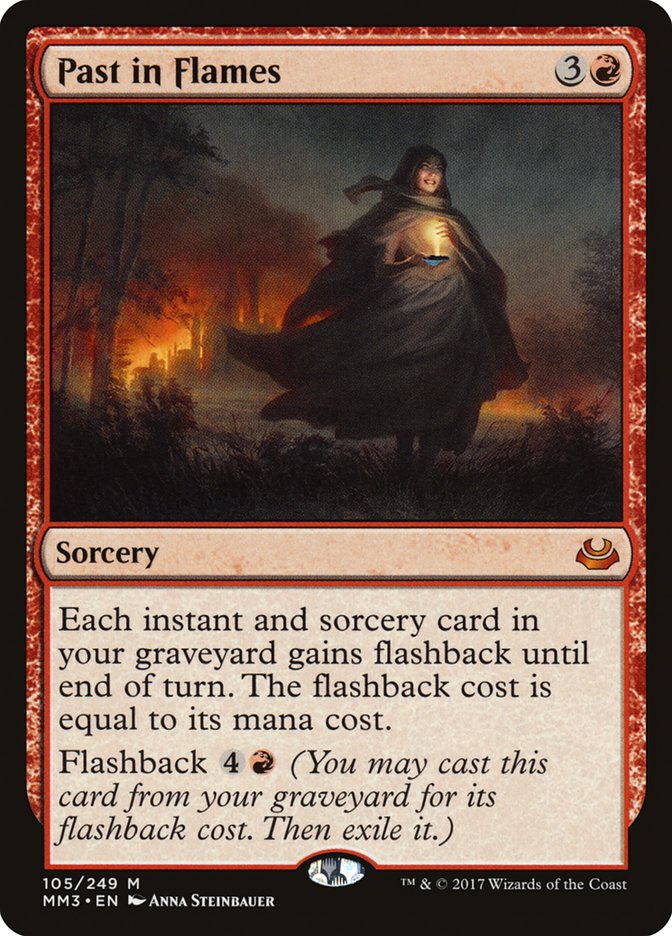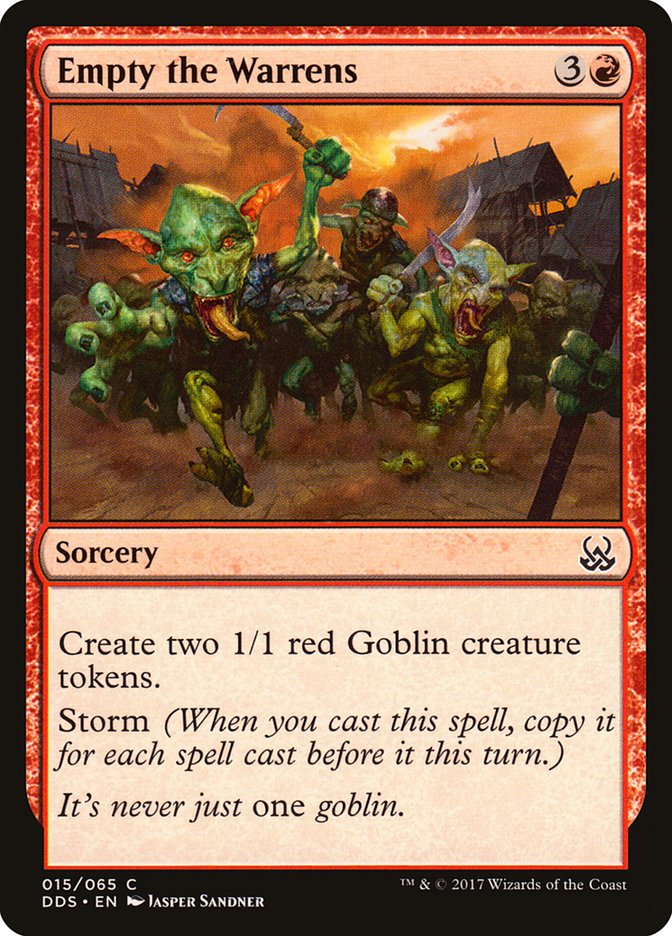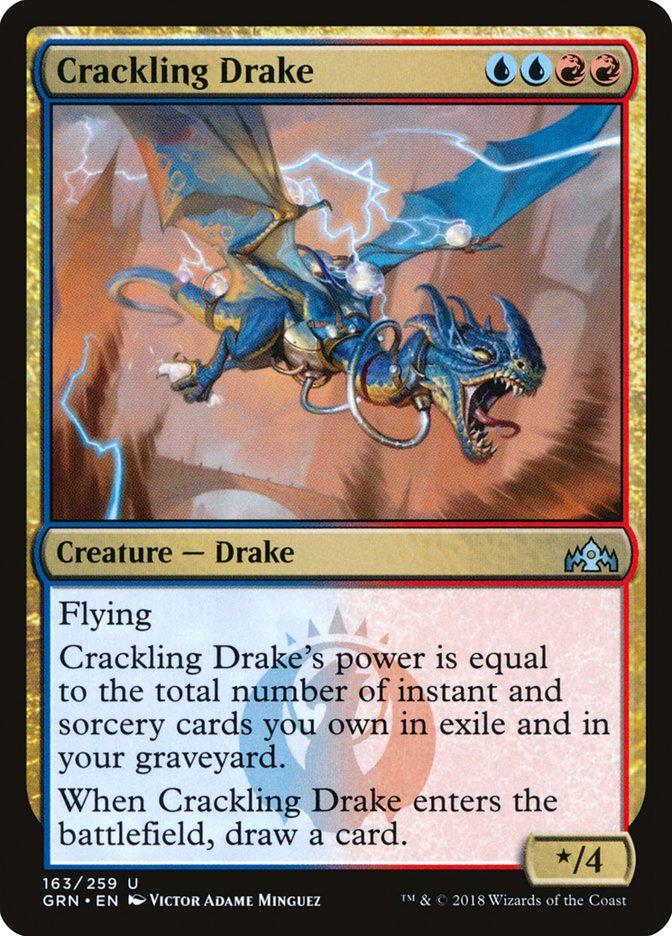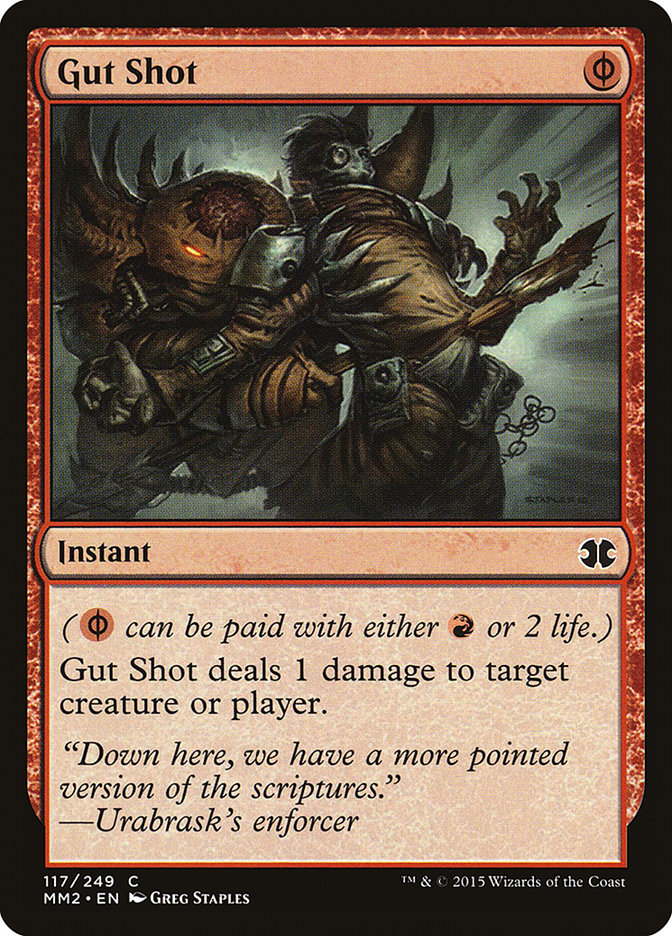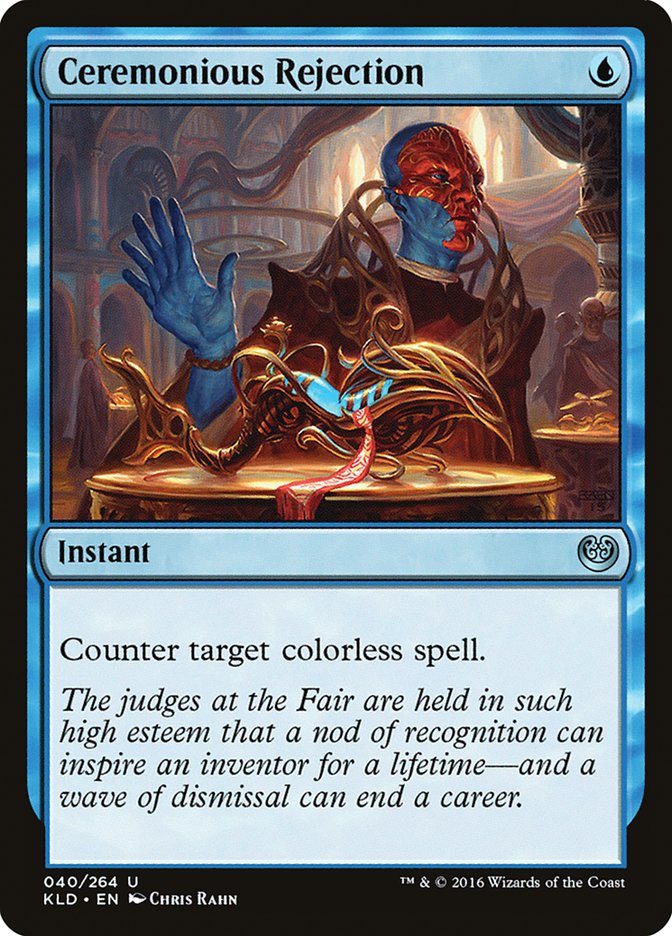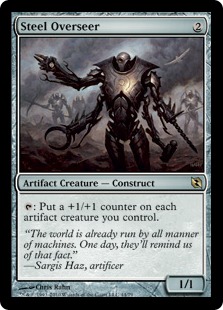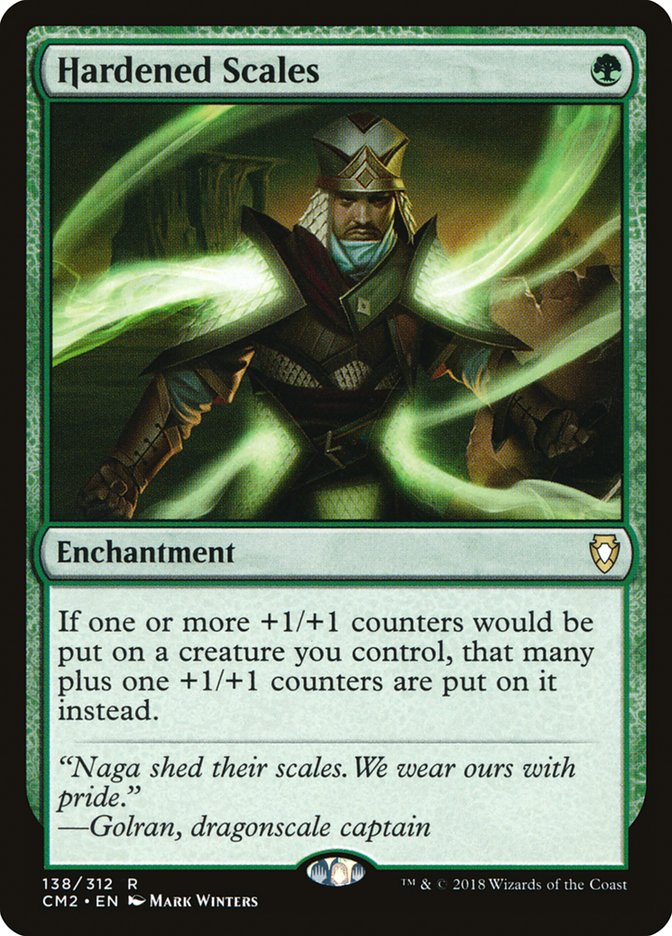At the #SCGINVI, I played Golgari Midrange in Modern to a true even finish.
This was largely just conceding the point of figuring out what was good. I
hated everything, wanted to play Thoughtseize, and determined you can’t
play Death’s Shadow and expect to survive an Arclight Phoenix. I wouldn’t
advise playing the deck, but that said, I’m not sure what I would advise at
this point in time.
Why did I hate everything I tried? Over the last few weeks, I’ve had a
recurring experience in Modern: I pick up one of the new cool decks and
play it. I get demolished by a powerful deck from 2014 like Tron or Burn. I
play that throwback deck, and it’s terrible for some other reason. Repeat
in a loop.
Originally this article was titled “Every Deck in Modern is Bad.” Then
halfway through explaining why, I figured it all out.
This isn’t just a rock-paper-scissors effect. Every deck in Modern just
became fundamentally less directly powerful over the last few months, and
this requires a real redefinition of the format’s rules of engagement.
Linear Decks Condensed
There are a ton of really powerful decks in Modern that have caused many
complaints for years. None of them are good right now. Storm, Burn, and
Tron are the ones that come to mind. It isn’t like when Fatal Push was
printed and a new piece of disruption broke the format. People just stopped
winning with the raw high-power decks. What happened?
Creatures (8)
Planeswalkers (6)
Lands (19)
Spells (27)

The key to this can be found by looking at the field through the lens of
Tron.

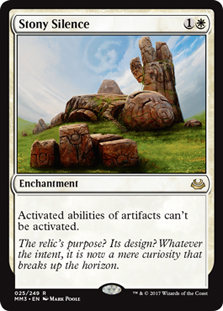
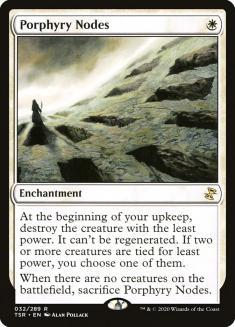
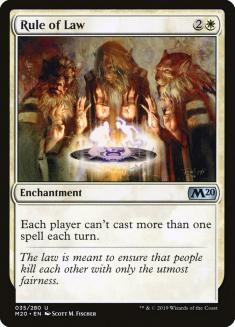
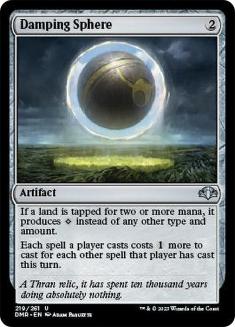

This is a story of hate cards. Not one about any new ones–though Alpine
Moon and Damping Sphere aren’t bad–but about the old ones.
To recall, there are five
main linear categories in Modern:
- Graveyards
- Artifacts
- Small creatures
- Spells
- Lands
The story starts with Creeping Chill. Dredge was previously bad against
Tron, but the extra direct damage flipped things around. This represented
yet another chip shot across the board to Tron’s percentages following a
long train from Hollow One, Field of Ruin midrange, and more. The deck just
stopped being a great choice.
The classic problem of Modern has always been finding room for all the hate
cards. You could free up space by being a linear deck yourself and just
killing people, but scaling back at all from the faster decks makes this a
huge issue.
If Tron isn’t good, that’s a huge weight off your shoulders. The Valakut,
the Molten Pinnacle decks aren’t threatening on the same scale as Karn
Liberated, and Amulet Titan is its own mess that’s hard to care about. You
need minimal or even no dedicated land hate.
What about spells? Well, the Modern banned list has that on lock. The spell
flurry combo decks must go through some intermediate. Graveyard hate and a
sweeper for Goblin tokens handles Storm. Ironworks is barely considered a
spell deck. Ad Nauseam is largely not good enough anymore. Burn is
interesting along this axis but struggles against Creeping Chill.
Regardless, you don’t need a Rule of Law or a ton of Negates to cover this
sector. Graveyard and creature hate tends to cover the worst of it, with as
many counters as you would want against control covering the rest.
As a result, it’s just really easy to cover all the angles. Whatever linear
deck you select, you’re battling through hate or are a step slower than the
most linear decks.
It’s like a monkey’s paw wish. You wanted Tron gone and now it’s bad.
Suddenly the Modern immune system of hate cards has had a wild reaction and
this caused a giant collapse of how the format works.
Ironworks and Dredge
I may have overstated things to say every deck is less powerful, because
two decks certainly smash some foes. Dredge and Ironworks are both good
decks and they keep winning a lot. The finals of the #SCGINVI and both
$10,000 Cube Draft Modern Qualifiers were face offs between these two
decks.
Creatures (18)
Lands (19)
Spells (23)

Dredge might be the closest I can come to a direct deck endorsement in
Modern. Considering I spent a literal decade not doing it, this is high
praise. There isn’t a lot more to it than the reliable graveyard deck as
advertised, beyond the occasional mess of a hand. If you’re playing
creatures, you will get buried by Conflagrate or Darkblast. If you’re
playing midrange, you need to land a hate card and hope they didn’t draw
the answer to it. If you’re playing combo, it’s a race and a hope Dredge’s
sideboard cards didn’t matter.
Creatures (6)
Lands (18)
Spells (36)
- 4 Krark-Clan Ironworks
- 1 Pyrite Spellbomb
- 3 Chromatic Sphere
- 4 Mind Stone
- 3 Engineered Explosives
- 4 Terrarion
- 4 Chromatic Star
- 4 Ancient Stirrings
- 4 Mox Opal
- 1 Spine of Ish Sah
- 4 Ichor Wellspring
Sideboard

Ironworks is worth more of a discussion. It’s very powerful and very
resilient but has some well documented flaws. A good clock with a splash of
disruption is obviously good, but if the other really good linear decks are
just so much worse against a generalized hate card you can’t justify
playing many of the decks that provide this.
The broader issue is that your deck is vulnerable to a lot of styles of
hate that a lot of different decks can field. While Ironworks has several
ways to fight through these cards, the issue comes when the hate cards are
backed by another layer of anything. You can find your one Sai, Master
Thopterist or one Nature’s Claim, but if they stop that with discard or
counters, your cantrip artifacts will still be shut off by Leyline of the
Void and you aren’t a favorite to get anywhere else.
When the format was Dredge and Ironworks as the top targets, things were
pretty simple and it felt like people were starting to push back a little
harder than I was comfortable with. This weekend at the #SCGINVI, we saw a
bit of a reversal related to other decks, and as a result some of the
Ironworks decks were able to break through and crush the end game of the
event. The overall point is that Ironworks is beatable if everyone tries,
but external factors removed some of the pressure from the deck this
weekend, resulting in a great result.
Ironworks is still a very threatening deck, but it’s going to vary a ton
week to week whether it’s a good choice. Its fortunes are oddly tied to
Dredge’s; if there’s a ton of hate aimed directly at Dredge, then Ironworks
is going to have a rough time with several decks. If the Dredge hate starts
branching out to try and cover other angles, Ironworks can sneak back in as
a secondary effect and mess people up.
Is Resiliency Even Good?
What flipped the script on graveyard hate last weekend? Crackling Drake,
just like Ross Merriam
has been saying was the graveyard hate breaker for weeks.
Creatures (13)
Lands (19)
Spells (29)

Crackling Drake invalidates any broad scope exile effects. You can try to
Surgical Extraction down Arclight Phoenix, but that’s about it. If you
spend a card on Rest in Peace, your Izzet Drakes opponent is happy to play
Arclight Phoenix as a four-drop with you down a card against their mediocre
flying beatdown, then play their twelve power four-drop and draw a card.
But despite praising its resilience to hate, Izzet Drakes is the epitome of
the deck that loses to the 2014 linear deck that I described earlier. Izzet
Drakes as it exists now is going to get punked out by Tron or Burn a lot of
the time. It just isn’t killing on the same time scale as the true linear
decks barring your absolute best double Arclight Phoenix draws.
That means the deck is leaning hard on its few interactive cards to hamper
other decks that might outrace it. If that’s Infect, you’re probably fine,
but Ironworks or Tron is just going to laugh at what Izzet Phoenix is
presenting. Both Ironworks decks in the #SCGINVI Top 8 advanced a round by
crushing an Arclight Phoenix deck in convincing fashion.
The onus is really on the Izzet sideboard to have the exact right answers
for everything in an efficient way, and here’s where things start to remind
you of old Modern. The Drakes decks are Izzet, a color pair notorious for
not having knockout answers in post-Twin Modern. Mana efficiency is also
fundamentally baked into their requirements to keep Thing in the Ice and
Arclight Phoenix functional, so with the limited options and broad scope of
things it needs to fight, the Izzet Drakes deck starts seeing sideboard
holes.
Wait, some good threats, but needs to find the right answers? Dang it, we
got tricked into playing a midrange deck, didn’t we?
That’s also the problem with Hardened Scales. It’s just a midrange deck
when you compare it to the real proactive threats of the format. And it
doesn’t interact beyond Walking Ballista and the sideboard – it just hopes
they interact and that they don’t have a dedicated hate card.
If Izzet Phoenix and Hardened Scales are the midrange decks, what are the
old midrange decks? Just Golgarbage? I think we have seen some hints of
what is coming when peeking through a couple decklists.
Jadine Klomparens
identified [card name="Kalitas, Traitor of Ghet"]Kalitas, Traitor of Ghet[/card] as an awesome card last week, but I
don’t think she followed that to the last step.
Let’s go back to
something I said last week about Counters Company:
“Resiliency is just free these days. Hardened Scales is resilient to
removal with Hangarback Walker and modular. Ironworks is resilient via
Scrap Trawler and Buried Ruin, which is basically free once you
activate Krark-Clan Ironworks. Why would I spend mana for these effects
when the rest of the format doesn’t have to.”
The classic midrange game isn’t about having the right answers for the
threats presented by linear decks because those don’t exist in the same
way. These new “midrange linear” decks like Izzet Phoenix and Hardened
Scales are playing threats that don’t get answered in huge densities, or,
in Izzet’s case, with so much cantrip velocity there may as well be
multitudes of them.
You aren’t going to Fatal Push your way out of that.
Creatures (14)
Planeswalkers (5)
Lands (24)
Spells (17)

Your spot removal needs to be a tool to keep things manageable, not a full
attrition gameplan like it use to be. The decks we’re used to calling
midrange or control need to bridge into the realm of Prison decks, with a
hard hate card somewhere covering for their weaknesses to grindy linear
decks.
With such a focus on graveyards, that hate card is currently Kalitas,
Traitor of Ghet for black decks, Anger of the Gods for red decks, or
maindeck Rest in Peace for Azorius. If the format trends back more towards
creatures, maybe that’s Grim Lavamancer or Liliana, the Last Hope or even
just maindeck Ensnaring Bridge. Look at all those lock pieces in the
Golgari deck.
The Resulting Mess
The redefined rules of Modern as the dust settles in the Guilds of Ravnica era are:
- The Midrange Pitfall
If your deck isn’t goldfishing your opponent on turn 4 the majority of the
time, it’s a midrange deck and not a classic linear deck. Maybe it has some
linear aspects and it doesn’t have to be a classic attrition midrange deck,
but it’s going to play some midrange role.
- Resiliency is Free
Tons of amazing threats shake off removal without using mana. Don’t pay for
threat recursion.
- Speed x Resilience = Greatness
If your deck is a legitimate fast linear deck, consistency and hate cards
are the two hurdles. If your deck touches the graveyard or artifacts,
you’re going to run into hate cards every match and need a plan to beat
them. Your fail rate also needs to be very low because all the slower decks
will punish you for fumbling a turn or two. Ironworks and Dredge are the
baseline – you need to do as well as they do or get real special to shine.
It’s not the time for Goryo’s Vengeance.
- Slower Linears Need Good Interaction
Any linear deck that’s actually a midrange deck needs a reliable plan to
stifle the faster linear decks. Lacking interaction is not an option.
Humans and Bant Spirits are excellent examples of this and even Hardened
Scales is fine because it’s so good at accessing sideboard cards via
Ancient Stirrings.
- Attrition Isn’t One-for-One
If you’re building a deck based on running your opponent out of threats,
think Prison and not Jund. Because resiliency is free, there’s too many
ways to end up behind on a clean trade. You want cards that blank their
threats in bulk.
This isn’t the Modern we have known since Fatal Push. A lot of small
changes have built up to this, but finally a new baseline of the format has
snapped into place. I got left in the dust the last couple of weekends
trying to play 2017 Modern. Don’t make the same mistakes tomorrow.


